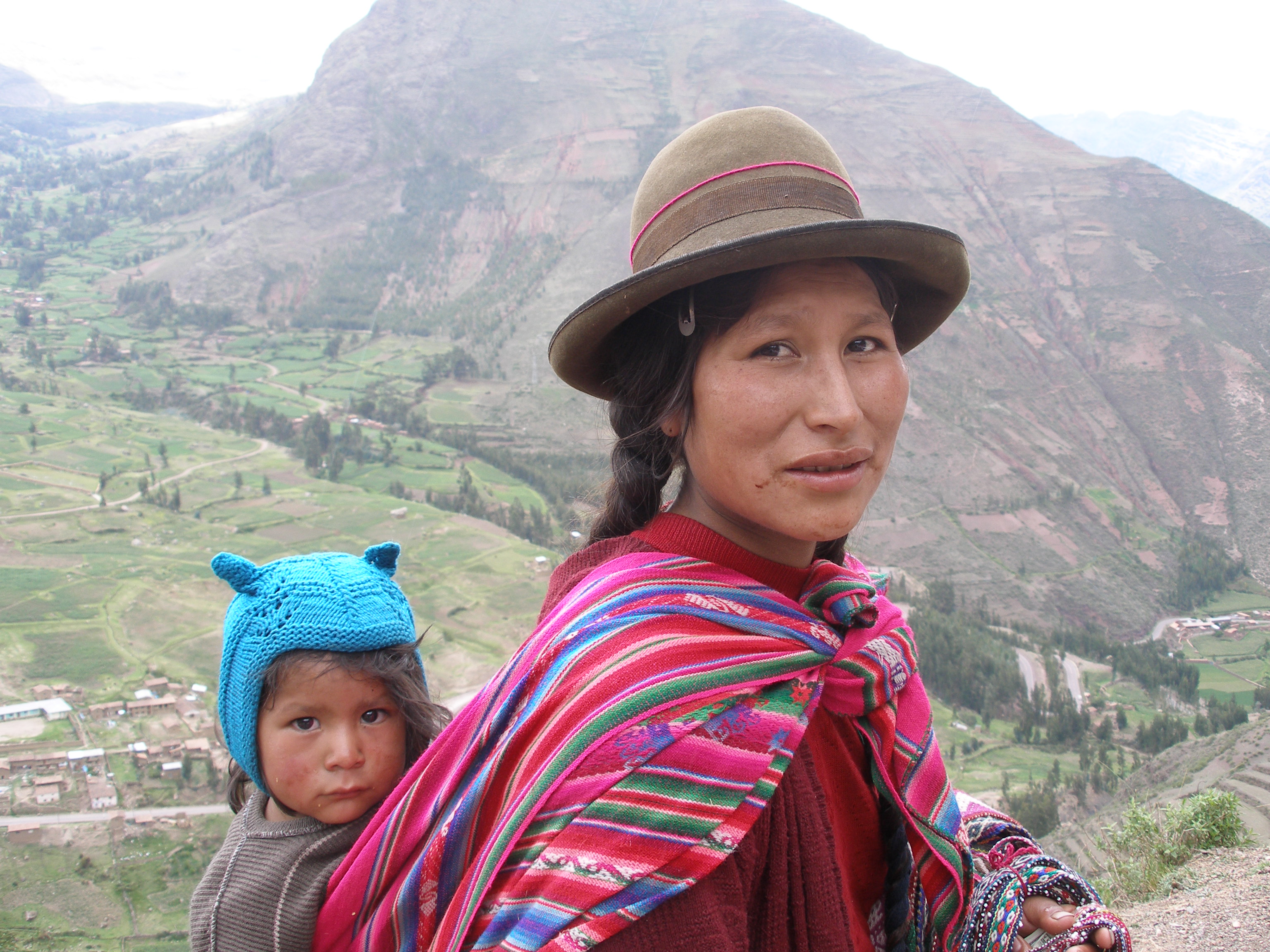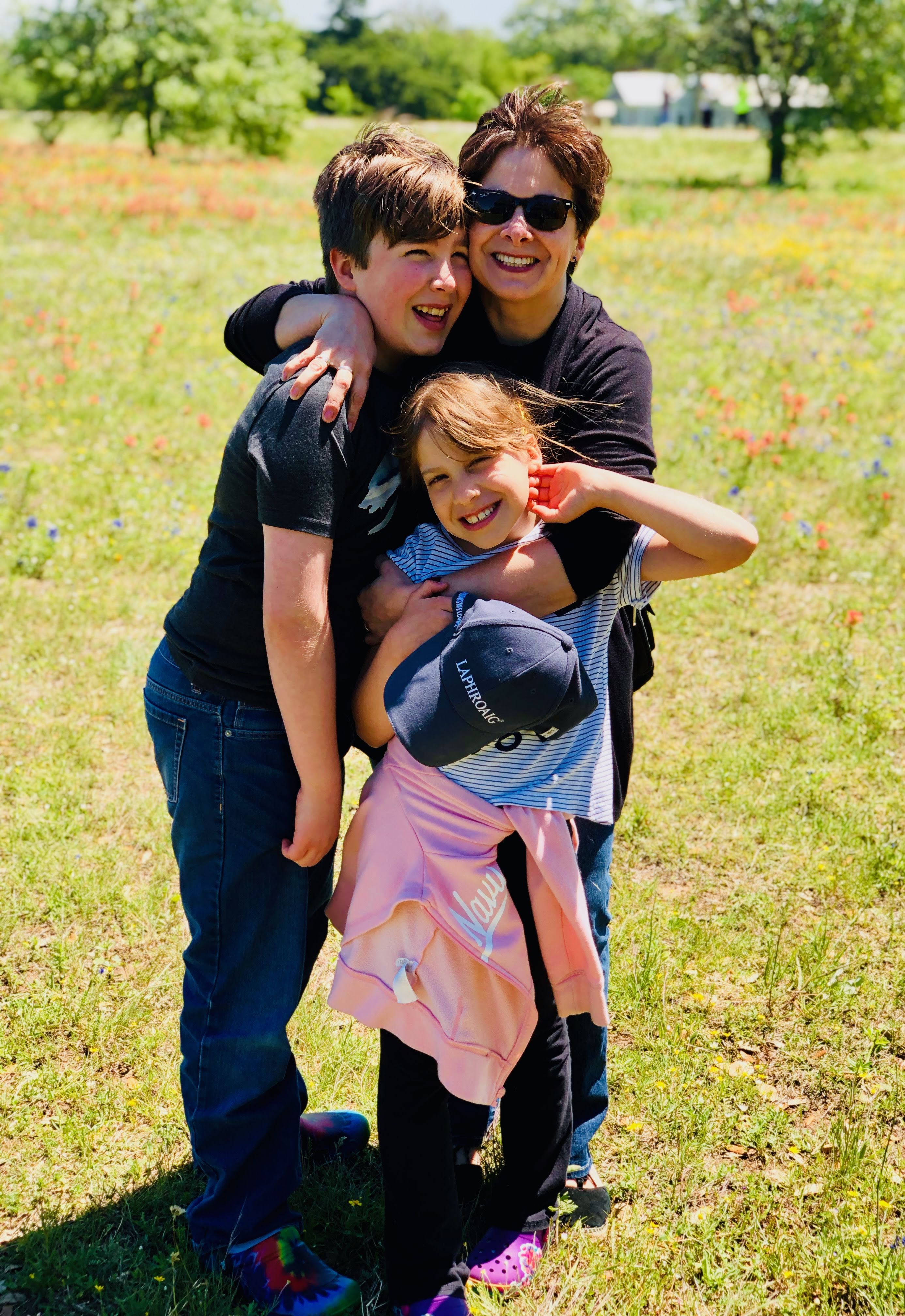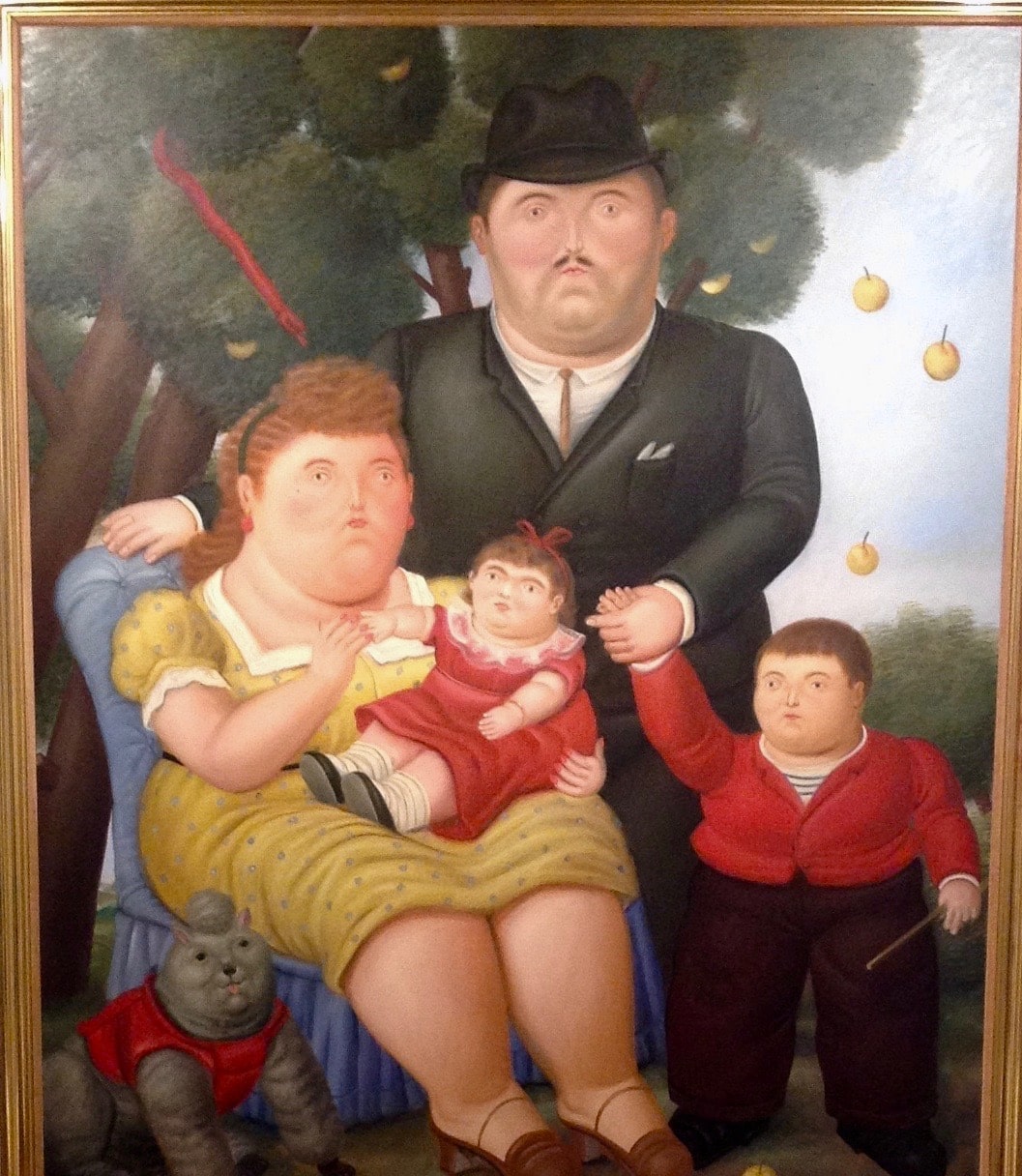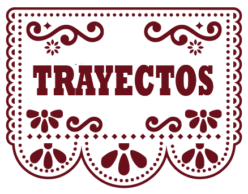Las mamás
I. Antes de ver
As these photos show, moms come in all forms and sizes, but they all play an important role in our lives. In this section, we will watch a video made by the Mexican actor and director Diego Luna for Mother’s Day. What do you think the video is going to be like? What ideas will he include? Write three ideas. Use the photos to think of possible topics.




![]() II. A ver
II. A ver
Now watch the Día de la Madre video en http://bit.ly/Video2-2Trayectos, and check if your ideas coincide with the ones that appear in it.
III. Después de ver
Actividad 2-7. Are there any similarities/differences between your ideas and the ones shown in the video? Name two.
![]() Actividad 2-8. Now watch the video again, and do the following exercises con un@ compañer@.
Actividad 2-8. Now watch the video again, and do the following exercises con un@ compañer@.
Actividad A. ¿Cómo son las mamás en el vídeo? Describe su personalidad.
Actividad B. En el vídeo, Diego Luna dice (says): “Todas las mamás son unas mentirosas (mienten = no hablan con la verdad [truth])”. “Mentir” is usually a negative verb. Is it negative in this video? These are some of instances in which Diego Luna says mothers don’t tell the truth:
- “Cuando siempre [dice] que eres el mejor (the best).”
- “Esa cena (dinner) no [es] especial para astronautas.”
- “[Dice] que [eres] el más guapo (the most handsome).”
- “También miente a sus necesidades. Miente cuando dice que no le importa levantarse más temprano (she doesn’t care about getting up early).”
- “Miente porque no la tiene fácil (life is not easy for her).”
- “Cuando te dice que todo estará bien (everything will be OK).”
Is the use of the verb “mentir” really negative in this video? What is the message of the video? Using the information and images in the video, describe its main purpose. Who is the audience for this video? Justify your opinions.
Actividad C. The last phrase of the video is “Gracias, Jefas.” What does the word “jefa” mean? Look it up, and think about why this word is used in the video. What does it say about the role of the mother in Hispanic families?
Actividad D. Organizational features. How is the video organized? Choose all that apply and explain briefly why you selected each organizational feature—what were the clues in the video?
- Chronological
- Description
- Cause and effect
- Compare and Contrast
- Informational
Justification from video
Actividad E. Do you think this commercial would work in the US? Why? Why not?
Actividad 2-9. Representaciones de la familia. Now we are going to analyze a painting by Colombian artist Fernando Botero (we will learn about Colombia in this module). Mira la obra y describe:
1. Qué miembros de la familia están en la obra;
2. Cómo son, cómo están;
3. Qué roles tienen (de acuerdo a su posición y actitud en el cuadro).

![]() Actividad 2-10. Con tres o cuatro compañer@s, contesta estas preguntas.
Actividad 2-10. Con tres o cuatro compañer@s, contesta estas preguntas.
1. Think of the video we watched. Are there any connections between the video and the painting? Why? /Why not? How are mothers characterized in the two?
2. What other visual elements can you talk about? What was Botero’s purpose when he painted this picture? Why do you think he included these elements? What is the message behind this work?
![]() C. Now watch the following videos. You will see images of some of Botero’s works. Focus on the images and labels shown. What are some of the themes he depicts in his work? What is Botero worried about? Why do you think all his figures are so big?
C. Now watch the following videos. You will see images of some of Botero’s works. Focus on the images and labels shown. What are some of the themes he depicts in his work? What is Botero worried about? Why do you think all his figures are so big?
Vídeo número 1: http://bit.ly/Video2-3Trayectos
Vídeo número 2: http://bit.ly/Video2-4Trayectos
- ¿En qué ciudades de Colombia hay obras (works) de Botero?
- ¿Es variado el arte de Botero? ¿Por qué? ¿Por qué no? You can answer this question in English.
You can learn more about Botero by reading this Wikipedia entry.
Ahora pasamos de Botero y su arte a las nacionalidades. ¿De dónde son los estudiantes de tu clase? Veamos… Es hora de

